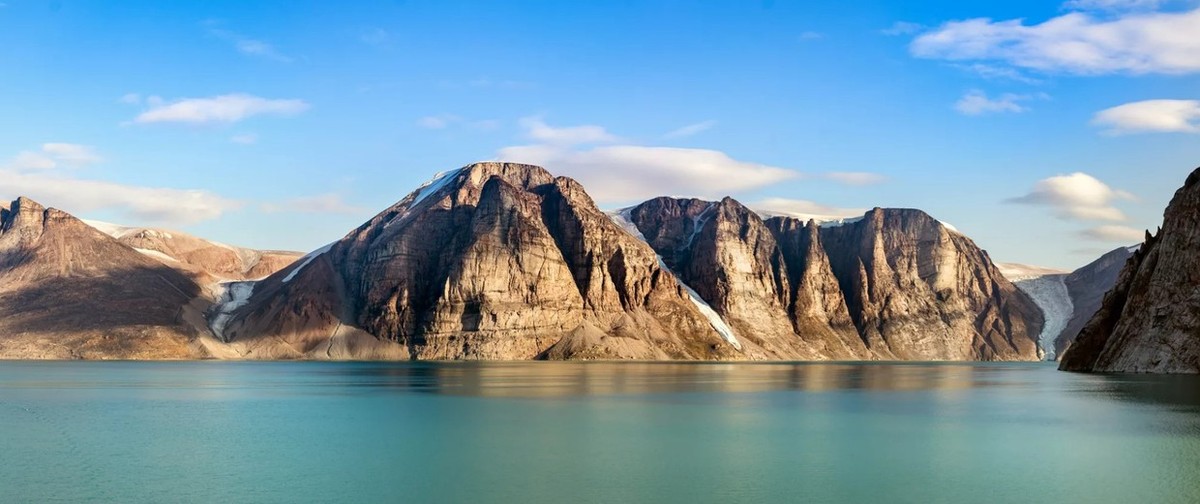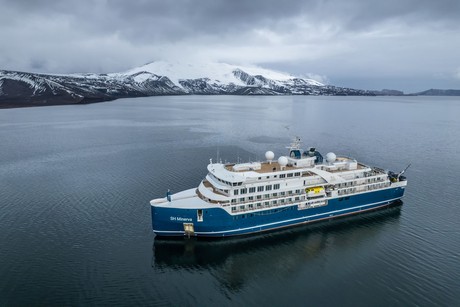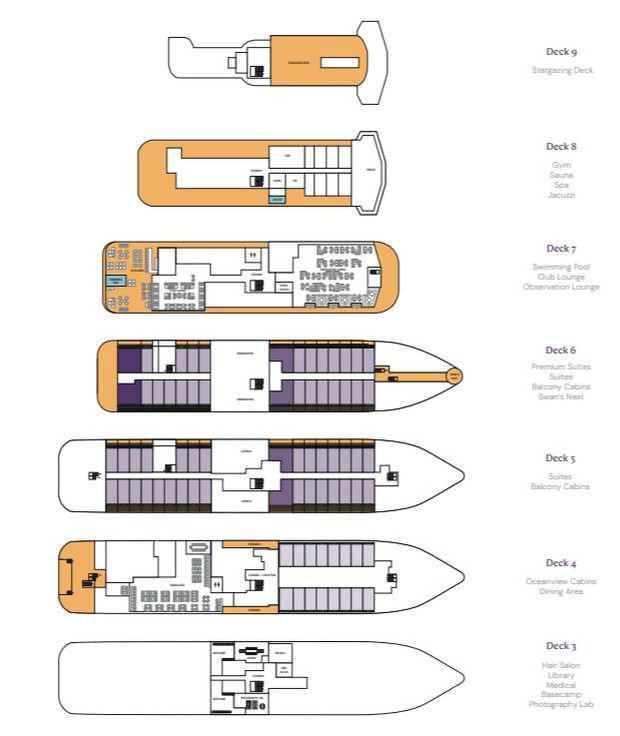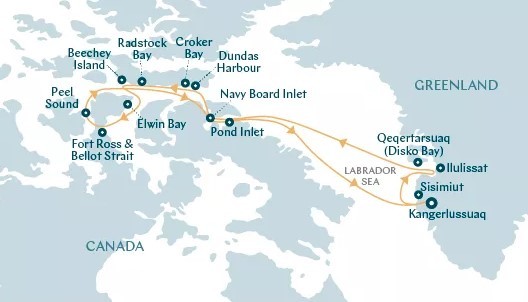
Voyage on this unforgettable Canadian Arctic Discovery cruise departing from Greenland on our boutique expedition ship and circle around Baffin Bay in the Canadian Arctic before navigating part of the Northwest Passage among mountainous icebergs, charming fjords and some of the most active glaciers in the world in an area that is ice-bound for some of the year. Witness polar bears and be enchanted by a blessing of narwhal dive around you, then glimpse long white tusks break the icy arctic waters, and discover landscapes covered in arctic willow and purple saxifrage. Your voyage will take you to a region that has been visited by some of history’s greatest explorers such as John Franklin, James Ross and Norwegian Roald Amundsen. Visiting Inuit communities with their colourful harbour homes makes your cruise a history lesson like no other.
- Marvel at the glistening icebergs that crack and calve spectacularly off glaciers into the meltwater
- Learn about the history of the Inuit, Dorset and Thule people from our experts on board
- Cruise the nutrient-rich waters of Lancaster Sound, home to harp, ringed and bearded seals, bowhead whales, beluga and narwhals.
- Gaze up at the vertiginous cliffs of Prince Leopold Island filled with nesting birdlife
- Follow in the wake of early explorers who set out to discover the Northwest Passage
Prices quoted here are often dependent on currency fluctuations. Please check with (01432 507450 or info@small-cruise-ships.com) for the very latest price, which may well be cheaper than the one advertised here.






Vega

| Launched | 2022 |
|---|---|
| Maximum capacity | 152 |
Launched in 2022, this state of the art ship has been designed to journey to off the beaten path destinations and remote polar regions in style and comfort. The ship incorporates a PC5 ice-strengthened hull combined with extra-large stabilisers to make your journey as smooth as possible.
Sophisticated Elegance. We know how important outdoor space is, so our spacious, relaxing public spaces provide wide open, unobstructed views throughout the ship. The destination will always be in view.
Your Wellbeing. The safety & happiness of our guests is paramount to our 120-strong crew on board as well as our passionate expedition team who'll be serving up thrilling shore excursions and lasting memories.
Cabin Types. Our 76 cabins including 6 suites have all the amenities you will need to feel comfortable including dressing gowns, hairdryers, personal safes and minibars. Our stylish cabins all have desks, a dressing area and comfy seating. En suite bathrooms all feature glass-enclosed rain showers.
Wheelchair access
Guests who use wheelchairs must bring their own, as we have only a small number of wheelchairs stored onboard for emergencies. To ensure ease of movement on the ship, wheelchairs and mobility aids must be no wider than 65cm. All mobility or medical equipment brought on board must be capable of being carried safely and must be declared before sailing. To ensure that all guests can safely evacuate during an emergency, guests requiring a wheelchair can only be accommodated in our ADA-accessible cabins.
We offer an Oceanview stateroom on Vega which is specifically designed to be completely ADA compliant and have a fully operable wheelchair-access wet unit.
Vega has two lifts, serving every passenger deck apart from the Stargazing top deck, which is, therefore, more difficult to access, as are the Aft Marina and Swan’s Nest forward observation platform. Also, we don’t have special equipment to access the swimming pool, jacuzzi, or sauna. Otherwise, the ship is entirely at your disposal.
Many of the expeditions ashore in remote places are by Zodiac. Boarding these boats and returning aboard can present challenges for wheelchair users, as can navigating uneven terrain. These challenges are by no means always insurmountable, though, and our highly experienced crew is trained to provide reliable advice and assistance. They will make every effort to ensure wheelchair-using guests enjoy a memorable experience at each destination. Our general guidance, however, is to recommend wheelchair users travel with a companion for their ease and enjoyment.
If you prefer to remain aboard, our panoramic interiors and ample open decks ensure an immersive, intimate experience of your inspiring surroundings.



